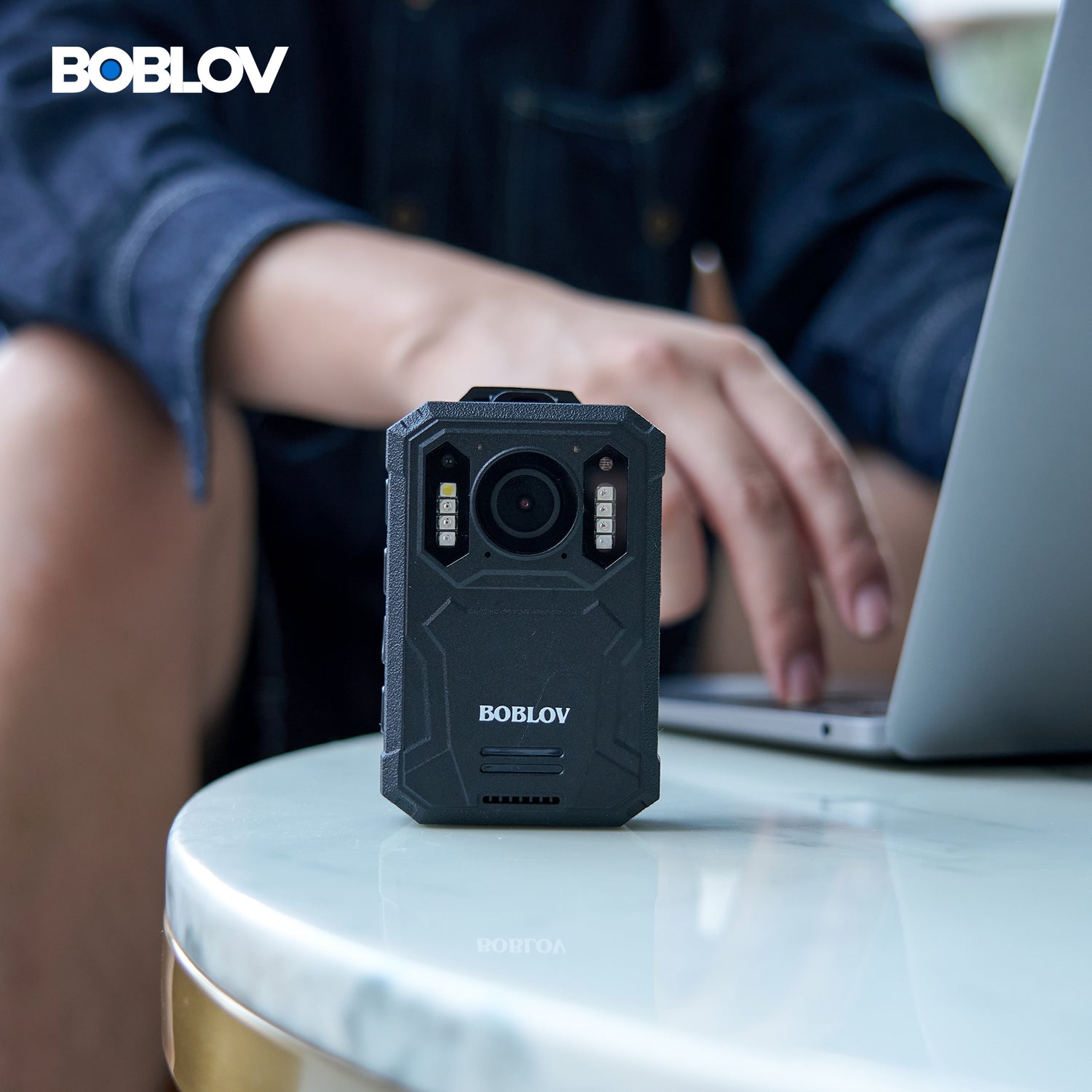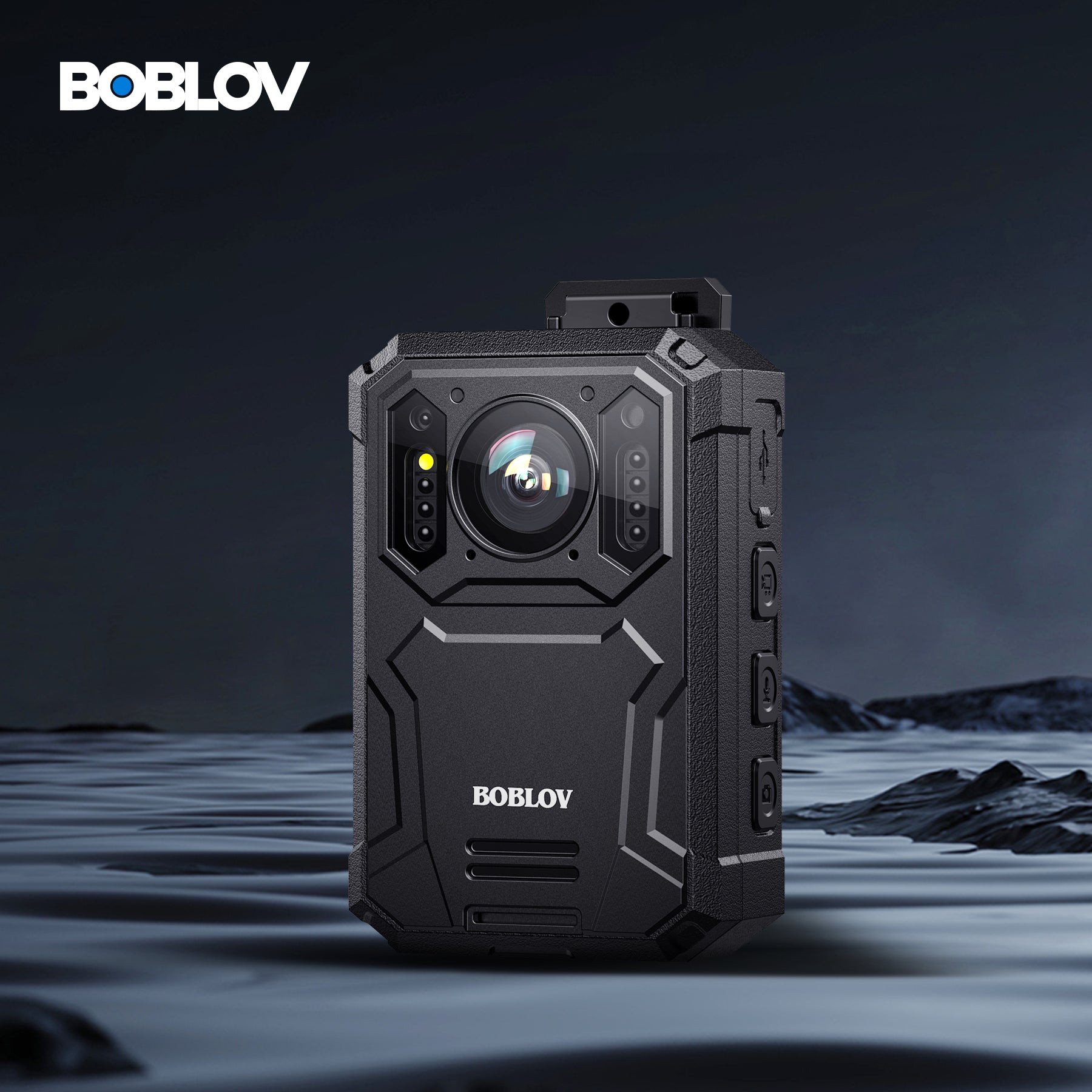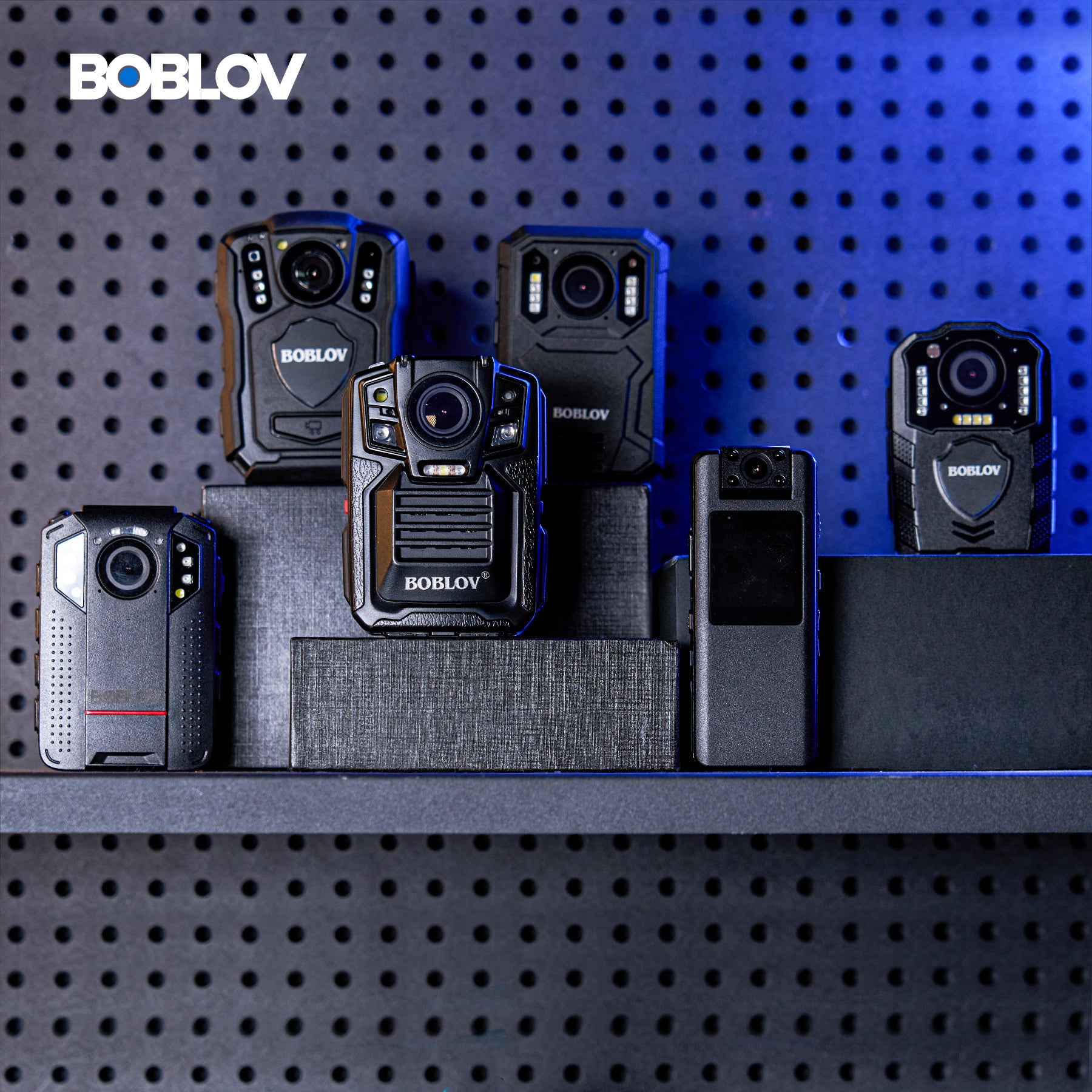The Impact of Body-Worn Cameras on Modern Law Enforcement
Enhancing Officer Accountability and Transparency
The introduction of body-worn cameras has changed policing. These devices offer a clear record of police actions. This helps build trust with the community. It can clear up disputes about what happened during an incident. Officers know they are being recorded, which can encourage them to act properly. The public also feels safer knowing that there is a record. This transparency is key in today's law enforcement.

The Role of Body-Worn Cameras in Collecting Evidence
Body-worn cameras have become vital for evidence collection in modern policing. They offer first-hand footage of incidents. This is key for investigations and court cases. Their objective view can clear doubts about what happened. They help to resolve complaints against officers too. Video from these cameras often provides more detail than other types of evidence. For example, they can capture subtle cues that other tools miss. It's clear they are transforming how law enforcement gathers and uses evidence.
Integration with Other Law Enforcement Technologies
Modern body-worn cameras are now part of a larger tech network. This integration boosts their use. They sync with police car dash cams and databases. Real-time data sharing is key. It helps in coordinating responses and tracking incidents. Such tech also aids in legal proceedings. It ensures a consistent story from the scene to the courtroom. This is vital in building public trust. An expert's view shows strong support for this progress.
The Best Buy Guide to Purchasing Body-Worn Cameras for Law Enforcement
Key Features to Look for in Body-Worn Cameras
When buying body-worn cameras for law enforcement, focus on these key features:
- Video Quality: Opt for high-resolution cameras that can capture clear footage, even in low light.
- Field of View: A wide-angle lens helps record a broad area, which is critical during fast-paced incidents.
- Battery Life: Look for cameras with long battery life to cover entire shifts without recharging.
- Durability: Choose rugged models that can withstand harsh conditions and rough handling.
- Data Storage: Ensure ample and secure storage options are available to handle the footage.
- Ease of Use: Cameras should be simple to operate, even in stressful situations.
- Mounting Options: Versatile mounting choices allow officers to wear cameras in various positions.
- Wireless Streaming: Opt for cameras that can stream footage live for real-time situational awareness.
By prioritizing these features, departments can ensure robust and reliable performance from their body-worn cameras.
Comparing Price Points and Specifications
When choosing body-worn cameras, prices and specs vary widely. Look for these features:
- HD video resolution for clear footage.
- Night vision for low-light situations.
- Long battery life for extended shifts.
- Wide-angle lens to capture more in-frame.
- Durable design for harsh conditions.
Compare costs and check for models within your budget. A mid-range camera might serve well. High-end models offer more features. Always match the spec to the department's needs.
The Importance of Reliable Suppliers and Warranties
When buying body-worn cameras for police use, choosing reliable suppliers is vital. It ensures ongoing support and device quality. Also, look for strong warranties. They cover repairs or replacements. This reduces long-term costs and downtime. Stick with vendors known for their law enforcement focus. They often provide better service for these critical tools. A supplier's reputation can be checked via reviews or industry feedback. Solid warranties also reflect confidence in the product. They show the maker stands behind its tech. Make sure the terms are clear. Check what incidents they cover. Always read the fine print before buying.
Future Trends in Body-Worn Camera Technology
Advancements in Image Quality and Low-Light Capabilities
As technology evolves, so do the features of body-worn cameras used by police. High-grade image clarity is crucial. This is vital for capturing clear footage, no matter the lighting. Upcoming improvements in low-light tech will be a game-changer. Officers will record incidents clearly even at night or in dim situations. These advancements will boost the value of videos as evidence. It's an exciting time for law enforcement tech.
Innovations in Data Management and Storage
As body-worn cameras become more advanced, so do the ways we manage and store the data they create. Innovations in data management are making it easier for police departments to handle vast amounts of footage. These trends include enhanced data compression techniques, which reduce the file size without losing quality. We also see the rise of cloud-based solutions. These allow for secure, remote access to camera footage. Automated tagging and indexing are gaining popularity too. They help in rapidly retrieving critical footage. Additionally, smarter data storage helps in sorting and archiving videos efficiently. It aligns with retention policies and legal requirements. Overall, these innovations aim to streamline law enforcement workflows and secure sensitive data.
The Intersection of AI and Machine Learning in Body-Worn Cameras
AI and machine learning are reshaping body-worn cameras in policing. These technologies aim to improve how footage is analyzed and used. They can spot patterns and flags in the video, aiding in quick decision-making. AI can also help in face recognition and behavior analysis. This leads to faster and more accurate reports. It can also ease the data burden on police departments. As AI evolves, we'll see smarter and more efficient body-worn cameras. These tools will be vital for modern law enforcement.




